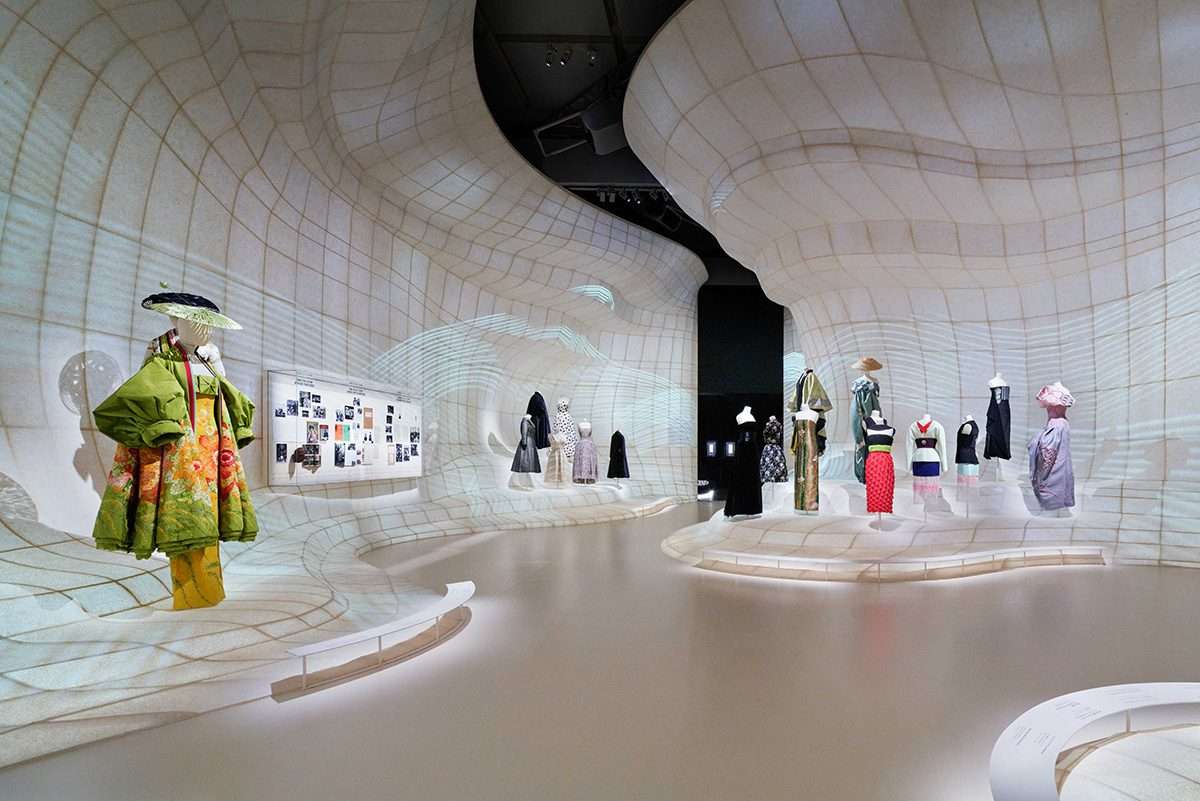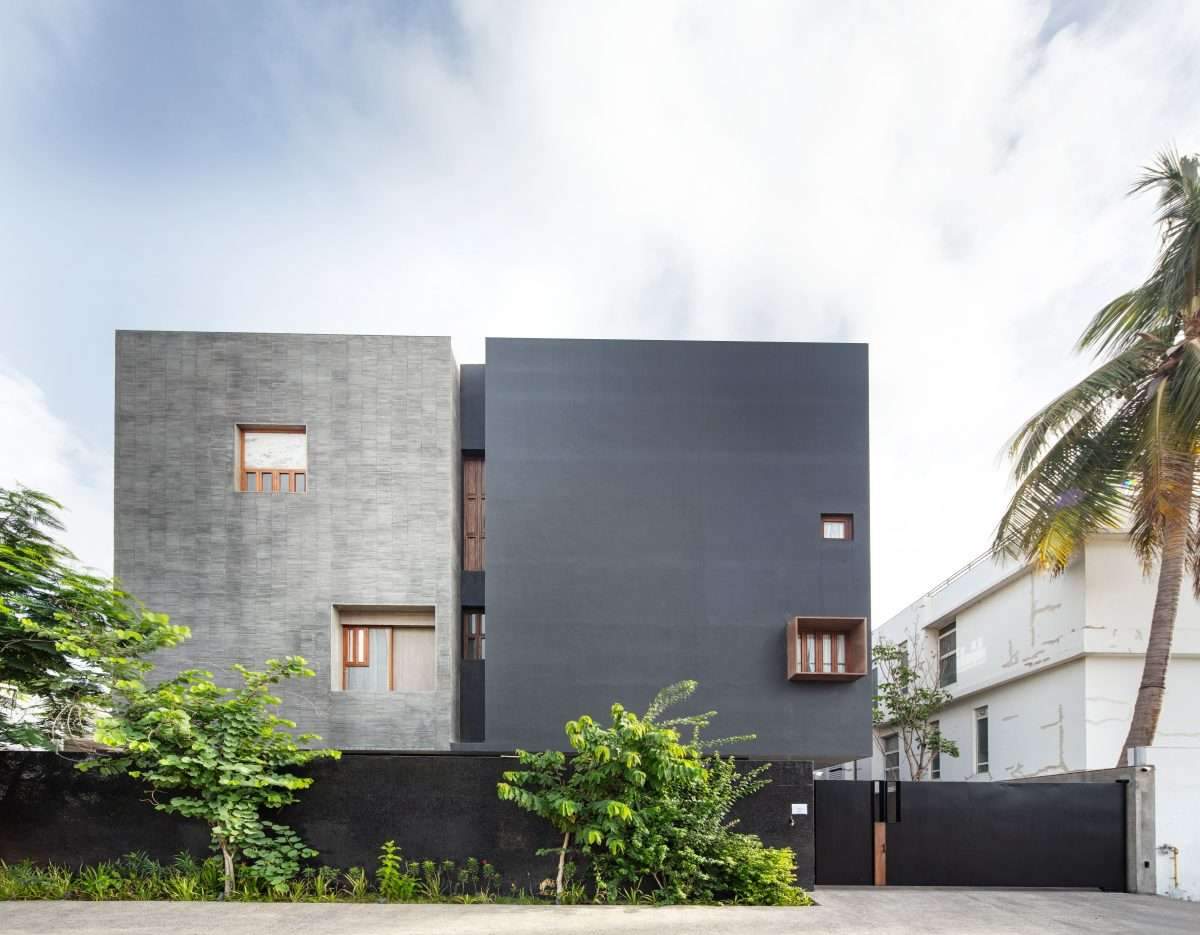These days, vaulted ceilings aren’t just found in churches. These ostentatious room covers can make a striking statement, add natural light and space, and transform an ordinary living room into your own shrine to good taste in interior design. Everything you need to know about this ceiling design is provided here.
What do vaulted ceilings entail?
The term “vaulted ceiling” has expanded over time to mean far more than it originally did, to the point where many people now equate high ceilings with vaulted ceilings.
“Historically, vaulted ceilings referred to any arched ceiling below a roof and above walls, like a dome or a barrel vault,” says architect Ming Thompson, principal of Atelier Cho Thompson in Connecticut. Today, however, it refers to any internal ceiling that utilizes the space between the roof and what would otherwise be a flat ceiling.
What varieties of vaulted ceiling exist?
The majority of homeowners envision cathedral ceilings when they hear the term “vaulted ceiling,” but there are other varieties as well. Flat, diagonal planes that rise from the tops of the walls to a central high point and often follow the roof structure are found in cathedral ceilings.
In addition to barrel vaults, which are exactly what they sound like—like you’re inside a huge barrel on its side—there are also groin vaults, which are formed by two or more barrel vaults coming together at an angle, rib vaults, which are similar to groin vaults but meet at the top, and dome ceilings. Wagon or tunnel vaults are other names for barrel vaults. (A vaulted ceiling is not a cupola. It’s a separate building that resembles a tiny dome or turret and is perched atop a roof.)
Given that they have one high edge and one ledge and don’t need to be attached to the building structure, sloped ceilings, often referred to as shed ceilings, are occasionally included in the mainstream definition of vaulted ceilings.
What benefits may a vaulted ceiling provide?
If done properly, a vaulted ceiling will surely work as a statement piece for the area as a whole. It can produce a new spatial geometry that modifies the room’s perception of scale and adds grandeur (capital G).
“If you have standard ceilings everywhere else, a vaulted ceiling’s a way to create this ‘Wow!’ moment,” explains architect Monica Sanga of San Francisco. “As you enter this space, walking from a uniform space to a vaulted ceiling gives you this narrative.”
With vaulted ceilings, you also get additional vertical space, increasing your options to highlight your home’s surroundings and let in natural light (or artificial light, such as from chandeliers or other decorative light fixtures).
In Los Angeles, AD PRO Directory company Laun Studio cofounder and studio director Rachel Bullock explains that the larger wall surface allows for more windows, which results in more light and more views.
Additionally, you can employ a vaulted ceiling to improve the ambiance of your property even if your views are limited to the town tire fire. “Vaulted ceilings provide generous space overhead,” claims Thompson.
“While they don’t increase the amount of floor space, they do provide a feeling of airy grandeur and can make small spaces seem more luxurious and spacious. Additionally, vaulted ceilings free up space that would otherwise be occupied by an attic, making it simpler to incorporate usable skylights into the ceiling plane and increase the lighting in the area below.
And of course, if your family includes a night walker, the Gothic cathedral appearance can be fantastic. Bullock makes fun of vampires by saying, “It is the preferred ceiling type for vampires, but you do not need to be a vampire to have one.”
What drawbacks do vaulted ceilings have?
The typical homeowner generally won’t be able to use vaulted ceilings. A vaulted ceiling opens up a room, increasing the volume without increasing the square footage because the open space it creates only goes up. As a result, it doesn’t increase your usable area unless you want to create a space where you can display your newly exposed wood beams or for specific purposes like lighting.
Vaulted ceilings are therefore not seen to add to the bottom line in a world where a home’s value is frequently reduced to what it can sell for compared to what you paid for it. If installing a vaulted ceiling necessitates sacrificing attic space or a portion of the upstairs, they might even be less appealing.
“If it’s a floor plate above your ceiling, you have to think about losing the square footage of whatever is above,” Sanga advises. A vaulted ceiling is not often top of mind for most homeowners because square footage and resale value are their major concerns.
However, if you’re already undertaking a necessary refurbishment, the calculus can be different. It might be a good opportunity to rebuild the portion differently if you must replace the roof anyhow.
Be prepared for a lot of extra difficulties if you’re adding a vaulted ceiling to an existing space because you’ll have to deal with issues like structural integrity, challenging electrical work, building codes, and more.
People frequently believe that they can simply remove this ceiling to see the roof. It doesn’t precisely operate like that, explains Sanga. “There are many physically necessary components in a ceiling that are difficult to remove, along with insulation and fire code concerns. There frequently needs to be a consistent ceiling there. Additionally, it can become a little bit more dangerous if there is a roof above.
In fact, what you don’t see when installing a vaulted ceiling is just as important as what you do. The type of ventilation and insulation should be considered, according to Bullock.
“With an attic space, you can vent the entire attic; however, if you hold tightly to the structure, air and moisture may be trapped in each bay of the roof structure. This means that in order to prevent moisture from becoming trapped and causing mold and other issues, you either need to utilize closed cell insulation or install vents in each joist bay.
According to Thompson, people frequently underestimate how much space they have to work with. Instead of estimating it yourself or using your own back-of-the-envelope math, consult experts. The towering ceiling you had imagined can wind up looking very different if the facts bring you back to reality.
“You might not have as open and large an area as you might be imagining,” the speaker warns. With your contractor, “do some exploratory demolition to see what’s there and what you are likely to end up with after doing the work.”
Do vaulted ceilings cost more money?
Yep. The only DIY project involving vaulted ceilings is cleaning them (naturally using extension dusters and ladders). Remove this from your list of weekend DIY chores and start looking for experts who can manage possibly difficult jobs.
Not only that, but your vaulted ceilings will probably continue to deplete your budget long after the builders have left: Your energy prices will rise, especially during the colder months.
According to Thompson, vaulted ceilings require greater maintenance than flat ceilings. Simply simply, you are increasing the volume of your home, which means you will need to heat or cool the extra space.
Of course, you could always install ceiling fans, but you run the risk of ruining the gorgeous groin vaulted ceiling or exposed beams you spent so much money on. A different choice is skylights.
You may use the vault for passive cooling if you have high windows or operable skylights since it will draw warm air out, according to Bullock. But generally speaking, you have to condition more air, thus the cost will be more.
According to Sanga, the location of your home may help to reduce the upkeep costs of vaulted ceilings. “In places like the North, with the cold air, you’re going to be spending more money on heating because the hot air will rise,” she claims. “In the South, you want the heat to rise, so having a vaulted ceiling in the South or middle regions can be beneficial.”
What types of places work best with vaulted ceilings?
Not all houses are suitable for vaulted ceilings. “I live in a historic brick row house, and this building is definitely not right for vaulted ceilings,” Thompson asserts. We have small rooms and hallways, and the row home has a flat roof; a vaulted ceiling would be absurd, like adding a clown hat to the top. She argues that “generous midcentury homes or the top floors of sprawling historic homes” are better prospects for vaulted ceilings.
You have a little more flexibility when designing a vaulted ceiling in new homes, but you still need to consider the home’s overall architectural style. We would construct a design for the overall building massing and rooflines with the vaulted ceiling in mind because we would want the dramatic ceiling to be strongly related to the design concept, according to Thompson. It would not really make sense to add a huge vaulted ceiling to a room that is below another room; normally, one should be placed precisely beneath an outer roof plane. In brand-new homes, we frequently experiment with alternate experiences of compression and expansion. For instance, you might walk into a room with a high vaulted ceiling after entering a low-slung entrance.
Think of living areas where lots of people can congregate at once, such as dining rooms, family rooms, and other spaces where the added ceiling height would be beneficial, when considering which rooms might look fantastic with a vaulted ceiling. Bedrooms, study, and bathrooms—small spaces or rooms intended to be quiet or cozy—are typically not excellent choices for taller ceilings like these.
According to Sanga, the height of the room shouldn’t be greater than its width or length since you don’t want the walls to feel close to you and the ceiling to appear void. The quality of the light is crucial. Make sure the room’s windows are the proper size and proportion to prevent shadows from falling on the vaulted ceiling.
That much volume can also radically alter a room’s acoustics and “make sounds waves bounce in strange ways,” according to Bullock. If you’re installing a vaulted ceiling in a place where sound quality is crucial, like a home theater, it’s something to think about. To reduce any echo effect, you might need to use your home design talents—pillows, tapestries, well positioned furniture, etc.
Finally, keep in mind that a vaulted ceiling’s purpose is to make a statement, therefore use them sparingly to avoid developing a vaulted ceiling aversion. Bullock claims that if every place is vaulted, the impact is lost. It is preferable to save the drama for situations where it would be well received.
Finally, find out more architecture news.






